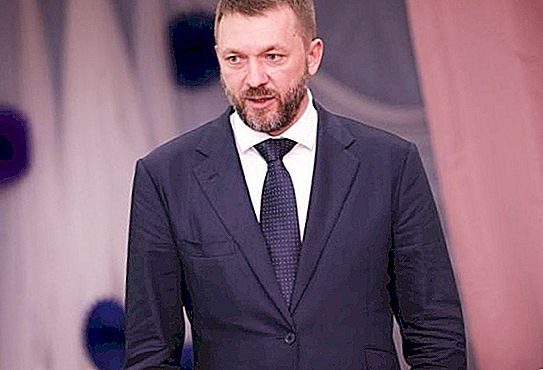Reviews of the Darwin Museum can be found mostly positive. This is a metropolitan institution dedicated to the famous theory of evolution. The initiator of its creation was the domestic biologist Alexander Kots, professor, doctor of biological sciences, who became the first director of the museum, founded in 1907. Initially, it existed at the Moscow Higher Women's Courses, and after the October Revolution it became an independent institution. In 1994, he received from the Moscow government premises on Vavilova Street. Currently, his exposition is about 400 thousand items.
Museum History
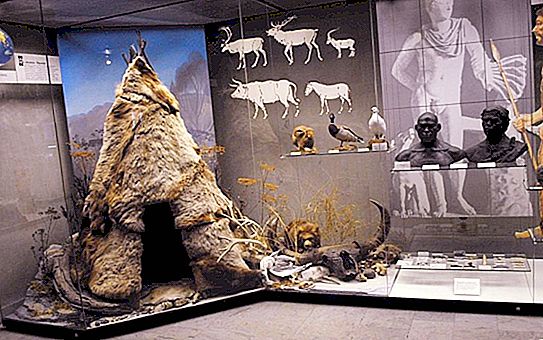
In reviews of the Darwin Museum, most visitors note that everyone should visit here at least once. Museum founder A. Cots really managed to put together a unique collection.
This is a famous scientist who was born in 1880. At the age of 19, he went on his first scientific expedition to Western Siberia to study rare species of birds. The collection he collected was presented at the exhibition of the All-Russian Society for Acclimatization. Later, he constantly replenished his collection, acquiring new exhibits.
The idea of creating a museum arose in his student years. Namely, after he visited the Darwin Hall of the British Museum. According to the biologist, he was struck by the wealth of exhibits. As a result, he set himself the goal of creating such a museum on the basis of his own collection, devoting it to the theory of evolution.
The date of its foundation is considered to be 1907, when he began to teach at the Higher Women's Courses. In the same year, he transferred his collection of exhibits to the zoological laboratory. At first, the museum was exclusively an educational institution; Cots used the exhibits as an illustration of evolutionary processes. For convenience, the collection was divided into several parts that corresponded to the chapters of evolutionary doctrine. Soon, foreign zoologists became interested in his work, many began to send exhibits to him as a gift.
In 1913, during a trip to Europe, Cotes and his wife visited the largest museums in order to adopt the experience of organizing the exposition and replenish the collection. As a result, he collected several thousand exhibits that were acquired at his expense. Their initial cost was about 15 thousand rubles.
After the October revolution
The coming to power of the Bolsheviks did not stop the work that had begun. Stuffed animals and animal paintings continued to be created, and scientific research took place. In 1918, the Bolshevik Pavel Sternberg, who was also an astronomer, a professor at Moscow University, issued a letter of protection that protected the Cots collection from nationalization. So the museum became virtually independent. The biologist himself was happy to accept the revolution, since the Soviet government supported the theory of evolution.
He remained the director of the museum until his death in 1964. All this time, painstaking work was carried out to collect, store, study and exhibit artifacts that clearly illustrated the process of evolution.
Modern history
In 1997, the museum received the status of a Methodological Center for all domestic science museums. This allowed him to unite many collections, to become a center for the implementation of programs for youth and people with disabilities.
In 2007, he won the Grand Prix at the Intermuseum exhibition, and in 2016 he won the festival for the second time.
Building

Initially, the entire collection of the museum was located in several rooms of the Higher Women's Courses in Moscow, which were located on Merzlyakovsky Lane. The space there was limited, so it did not imply the creation of a full-fledged exhibition. There was only enough space to store objects and show them to students in the classroom.
In 1912, the courses moved to the building on Maiden Field, where permanent exhibition sites were allocated for the Cots collection. By this move, the collection had increased, so the museum soon needed new premises. The decree on the construction of the building for the Darwin Museum was issued in 1926.
However, state funding could not be allocated for two decades. Only in 1945, on the initiative of Kots, a meeting of the Council of Ministers of the RSFSR was held, at which the intention to build the building was officially confirmed. After that, his design began. The construction itself began in 1960 on Third Frunzenskaya Street. However, at the final stage of the work, it was transferred to the Bolshoi Theater Choreographic School.
In 1964, Cotes died at the age of 84, never realizing his dream. His follower Vera Ignatyeva in 1968 received the decree of the Moscow City Council on the need to build a building. It began in the 74th on Vavilova Street. The work lasted about 20 years, the first exposition in it was opened only in 1995. In it, museum staff embodied most of Cotes's ideas.
Since 1996, construction of another six-story building has begun in the neighborhood. The work was completed by 2007. The new premises housed additional exhibition spaces, a storage facility.
Exposure Formation
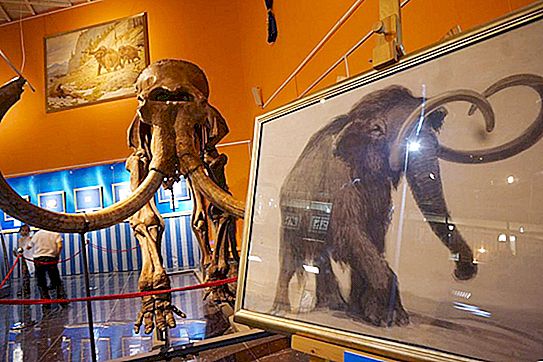
The collection is based on the personal collection of Cots, who himself began to make stuffed animals when he was a student. After the collection was opened, his colleague animal artist Vasily Vatagin played a large role in its formation. Thanks to him, a school of animal painters soon formed on the basis of the museum.
Funds were actively replenished through cooperation with leading domestic and European drug companies. In particular, the museum’s collection contains collections of Mikhail Menzibir, Nikolai Przhevalsky, Vladimir Artobolevsky. Becoming the director of the capital's zoo in 1920, Cots continued his research activities. He recorded his many finds in the form of drawings, photographs and stuffed animals.
Since the 1930s, the museum began cooperation with the management of the fur industry, from which it received animals with rare types of anomalies. In the second half of the 20th century, purchases of exhibits at state expense began.
Collection
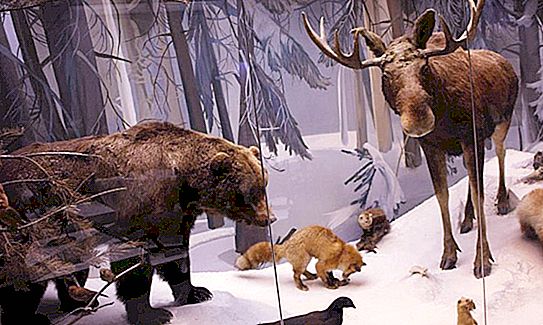
Currently, the museum’s collection contains more than 400 thousand exhibits on an area of 500 thousand square meters. meters. The institution provides comprehensive information about the diversity of life on Earth, the process of evolution, heredity and variability of species, the struggle for existence in nature and natural selection.
In particular, it is in this museum that the world's richest collection of Abernates is exhibited, that is. animals and birds with atypical color for this species. Of particular value is the skeleton of a flightless dodo bird, which became extinct at the end of the 17th century, as well as stuffed wandering pigeons, wingless sheds, and various-billed googies.
The museum has about 10, 000 works devoted to nature. Including the very first edition of Darwin’s book “The Origin of Species”, his letters, ancient editions devoted to natural history. In this part of the collection, one of the rarest editions is the book of the Italian naturalist of the 16th century Ulysse Aldrovandi, "The History of Snakes and Dragons."
In the 2000s, the museum began to introduce multimedia models into its exposition. Today, most rooms are equipped with computer technology. In reviews of visiting the Darwin Museum, many note that, thanks to them, they get the opportunity to visualize the whole process of evolution. For example, in a room dedicated to the Mesozoic era, moving dinosaur models are presented.
The museum has many modern multimedia technologies. This is an audio broadcast of the voices of animals and birds, the interactive complex "Traveling with animals, video and light and music exposition" Living Planet. "In 2014, the interactive center" Know Yourself - Know the World "was opened. In the reviews of the Darwin Museum, this exhibition is called one of the most On the area of 200 square meters, it was possible to concentrate the entire Universe - from microorganisms invisible to the eye, to objects of a truly planetary scale.
The latest technology allows you to see, hear, feel and touch everything that you can imagine. This is a real corner of nature under the museum roof, in which there is an opportunity to see the world through the eyes of a mouse or a falcon, hear how the hummingbird’s heart beats, and measure its strength with an elephant.
The Museum has a Center for Youth Innovation Creativity, which organizes courses in robotics and electrical engineering, film screenings, lectures, and meetings with famous scientists and travelers.
How to get there

The museum is located at the address: Moscow, Vavilova street, house 57. It works from morning to 18:00, closed on Monday. The exhibition complex is open on Thursdays from 13.00 to 21.00. The interactive center "Know Yourself - Know the World", so beloved by many visitors, extends its work up to 20 hours on Thursdays.
It is worth noting that every third Sunday of the month, admission to the museum is free. On other days, tickets are sold until 17.30. You can get to the exhibition halls and the main exposition for 400 rubles. Entrance to the interactive walk through the evolution of the multimedia exhibition costs 70 rubles. A visit to the interactive educational center "Know Yourself - Know the World" - 90 rubles. Most rooms are free of charge for children under seven years of age.
You can get to the museum by public or private transport. From the Akademicheskaya metro station, walk for about a quarter of an hour. You just need to find the sign "To the Darwin Museum" in the lobby. In the underpass, turn right, go up the right ladder. At the crossroads, turn onto Dmitry Ulyanov Street, and then follow directly to the museum.
From the metro station you can reach by public transport. To do this, use trams number 14 and number 39. Get off at the Darwin Museum stop.
If you arrived by personal transport, then entry to the parking lot is from Vavilova Street.
If you are hungry, you can go to a cafe in the Darwin Museum. In the reviews, visitors note that there are two of them. They are located on the ground floors of the exhibition building and the main building. You can have lunch at the cafe in the main building, and enjoy coffee or tea with sweets at the exhibition complex. If you brought food with you, you can freely sit in a cafe at one of the tables. Eating at expositions is not recommended, as this can attract unwanted insects. And this will damage the exhibits, and you will not be very comfortable.
In the reviews of visitors about the Darwin Museum, many emphasize that it will be possible to get acquainted in detail with the exposition only by ordering excursion services. For groups of schoolchildren consisting of up to 25 people, the cost of the tour will cost 4, 000 rubles. For adult visitors (up to 20 people) - 9, 600 rubles. Guided tours are available by appointment.
How to see the most interesting?
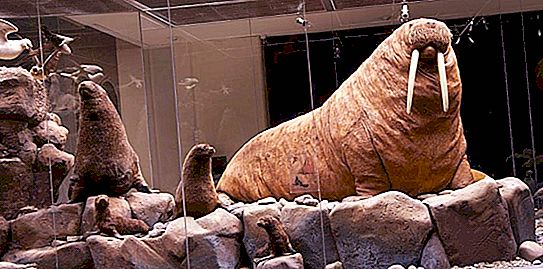
The museum has so many exhibits and collections that it is not always possible to see everything that you want. In reviews of the Darwin Museum in Moscow, visitors are advised to go through the exhibition building, especially on weekends. There are fewer people in the toilets and wardrobe at this time.
If time is short, get an inexpensive travel guide at the box office titled "Don't Miss These Exhibits." There is something to see even for children from 3 years old. In reviews of the Darwin Museum, those who have already been here recommend the booklet "A mini-guide to the museum for parents with children from 0 to 6 years old."
In total there are 52 complexes in which you are guaranteed to find something interesting for yourself. In visitor reviews of the Darwin Museum, they are advised to visit the exhibition building, in which as many as seven floors. Here you will find a greenhouse from which access to the roof is open in summer. Be sure to look at the interactive exhibition “Walk through Evolution, ” located on the fourth floor of the building.
Impressions of visitors
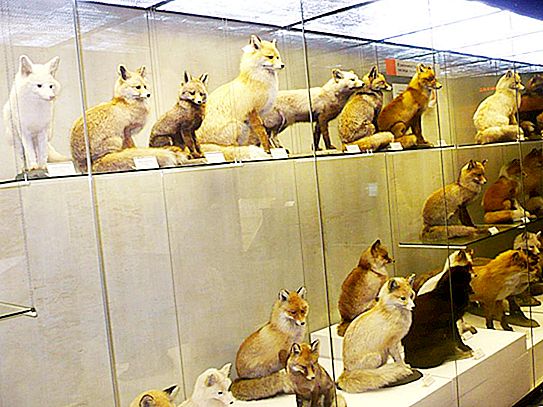
Most visitors leave rave reviews about the Darwin Museum in Moscow. This is an attractive place for kids. For example, an excursion for second graders lasts only about an hour. During this time, they do not get tired, in addition, guides tell really interesting and exciting. Almost everyone recommends an excursion for schoolchildren to the Darwin Museum in reviews, since walking in the halls just like that is not very interesting.
It is useful to combine a visit to the exposition with some master class that take place here regularly. In the reviews of the State Darwin Museum, adults admit that it is interesting for visitors of all ages. Most of the main exhibition is divided by geographical principle, which allows you to get acquainted with animals and their habitat. The smallest have the opportunity to constantly participate in interactive games.
Some visitors take the opportunity to come here for free on the third Sunday of each month. In reviews of the Darwin Museum, they note that, surprisingly, very few people are here. There is a queue, but it will take no more than ten minutes. The institution, first of all, perfectly fulfills its cognitive function. Judging by the reviews of children about the Darwin Museum, young visitors especially like collections of beetles, stuffed birds of all kinds, animals and reptiles.
The collection contains mainly bright and large figures of animals. According to reviews, on excursions to the Darwin Museum, you will definitely be shown fascinating stands, on which, at times, whole fascinating stories with specific variations are presented. For schoolchildren there are many educational games on mobile screens, interesting and difficult tasks are even for adults.
Negative
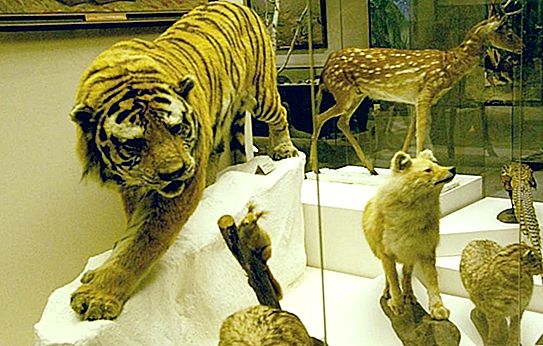
Among the negative reviews about the Darwin Museum, some, although they acknowledge that a large number of unique exhibits are presented here, note that the organization of work leaves much to be desired. There are large lines everywhere, places are not equipped anywhere to sit down at least for children and elderly people. Everything leaves mixed feelings, you cease to be interested in the exhibition almost immediately, thinking only about how to get out of here as soon as possible.
Most visitors, even praising the museum, are surprised to note that they managed to find only one toilet for guests in the entire main building.

